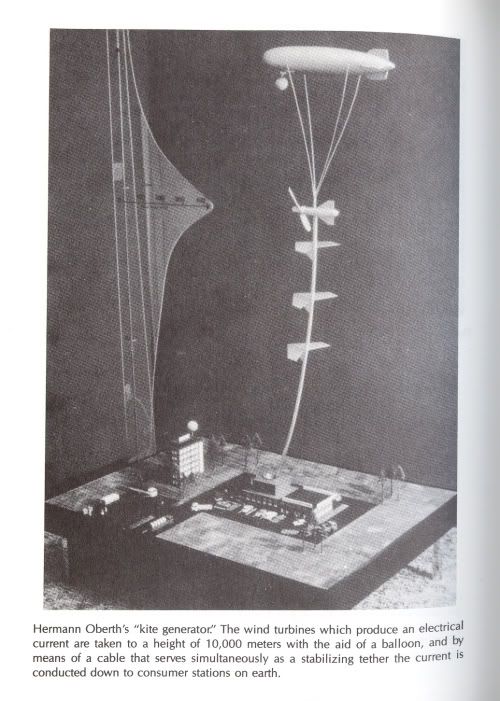Can't they start making cars with wind turbines?
My first thought too. I mean, a small wind turbine mounted on a car somewhere would generate a fair bit of power on the highway.....
The only question is whether there's a more efficient way to use the space it would take up for another power-generation or conservation method.
Though of course not enough power to run the car - as this would essentially make the car a perpetual motion machine!
Naturally, merely enough to help sustain the battery charge longer.

